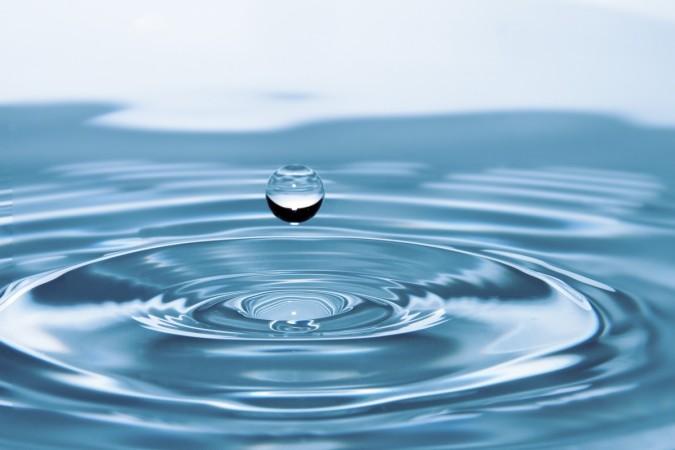
The next wars will not be fought over oil, or even land...the next wars will be fought over water.
It is a scenario that most thinktanks are leaning towards, as one of the Earth's most precious resources gets used up at a rapid rate. Considering, however, that over 70 percent of the Earth's surface is covered in the liquid, it's ironic that its paucity could lead to global conflict.
Most of the water on Earth is salt water, which is unfit for human and animal consumption, or even for agricultural purposes.
Desalination plants, widely used in the Middle East's glass and concrete oases, are prohibitively expensive for the developing world and use a massive amount of power. So where does that leave the impoverished parts of the world, choking on the dirt of drying lakes and rivers?
Well, the answer may be just around the corner. A team of scientists at the University of Manchester has revealed that a graphene net could be the solution the world is looking for when it comes to making sea water potable.
Graphene is a wonder allotrope of carbon, just and atom thick and nearly 200 times as string as steel. In the past, graphene nets have been used to filter out large salt crystals from sea water.
Now, the team has found a way to adjust the pore size of the graphene net, which means that it can now filter out common salts. This would mean that once the salt-less water is put through a final filtration process it could be, theoretically, fit to drink.
According to the United Nations, 783 million people do not have access to clean water.
And it's not just the paucity of water that's a concern either. According to the UN, up to 90 percent of wastewater in developing countries flows untreated into rivers, lakes and highly productive coastal zones.
This not only threatens the local ecosystems but further reduces the drinkable water available to populations. In fact, over 80 percent of used water worldwide is not collected or treated.
WaterAid says that 315,000 children aged under five die from diseases caused by dirty water every year — about one child every two minutes.

















